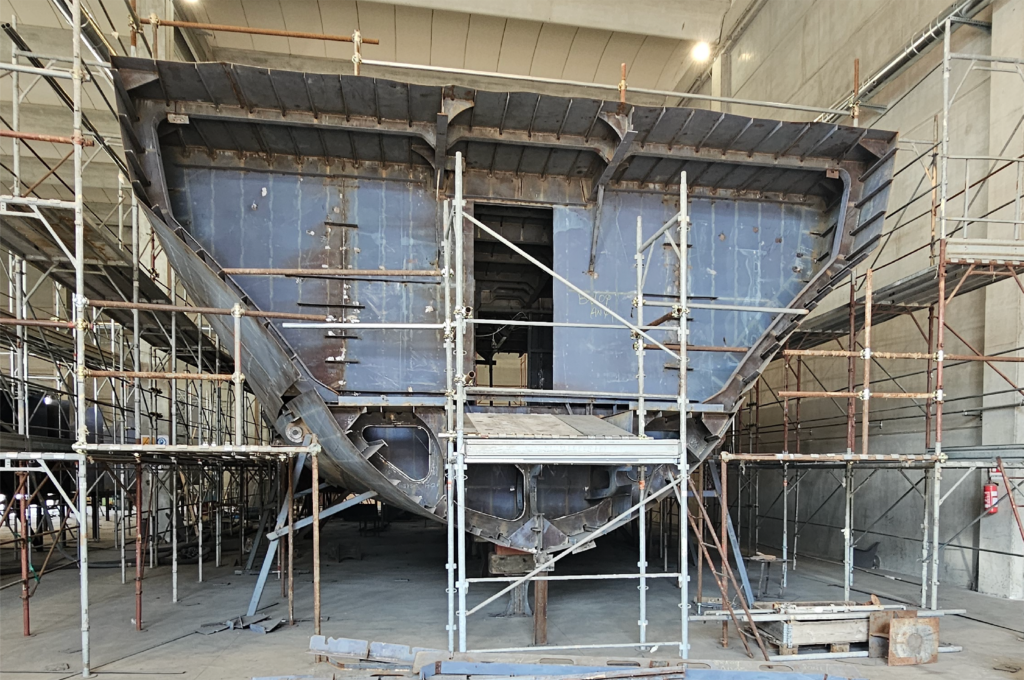Naval Architecture
This is the true technological heart of the studio, where naval architecture meets imagination, making the most of cutting-edge technology and innovation in production processes.
Thanks to this winning combination we are able to develop and give concrete shape to our ideas.
Passion And Innovation
Our many years of experience and passion for innovation
have pushed us to invest in the application of new technologies aimed at optimizing the product from the early design stages and estimating its scenarios during
its life. We use our skills in the field of computerized fluid
dynamics (CFD) and finite element modeling (FEM), also
dedicated to composite materials, to optimize the weights and performance of the products we design. This work process also helps us to reduce production costs and at
the same time ensure a high degree of safety.

An important variant of analysis for reducing resistance is the study of STEPS, whose contribution acts on lifting and therefore on faster entry into planing. The introduction of these hulls (stapped hull) has revolutionized the recreational and military sectors.
- superior performance
- an increase in stability, even in rough seas
- damping of the pitch motion
- a significant saving on fuel
- reduction of Co2 emissions
- less spray for a drier ride
- safer and more comfortable navigation.

